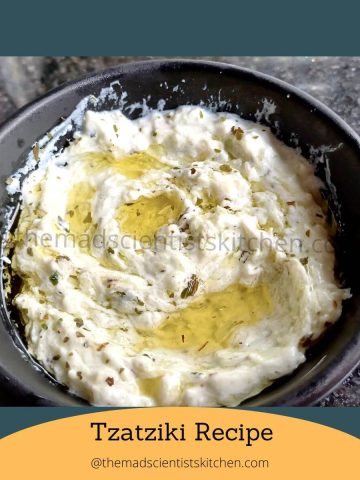Had I lived in the medieval ages and was arrested it would be for witchcraft my crime would have been “making jam.”
For making jam you heat and wait for the mixture to bubble (how like a witch) crackle when it sets to a perfect jelly-like mixture.
Joke apart but to make jam you start with fresh fruit/ juice, sugar and a souring agent and start boiling and keep boiling till the mixture thickens and you can store it in jars. The crucial thing here is the timing when you get the jam off the flame. Too early, you have a sauce ( all is not lost you can still continue heating it) too late well call it leather.

Grape Jam
To make the perfect jam the ingredients have to be just right and the most important ingredient being pectin. Understand pectin and how it works you can jam anything, okay make jam out of any fruit.

Red Chilli Jelly
Therefore, we can conclude that the hero in your jam is pectin. Nevertheless, wait he comes in shades of grey he can play villain too.
So let us meet the main actor pectin.
What is pectin?
A long chain of carbohydrates called polysaccharide that is pectin to you and me. Pectin in the natural world resides in the cell walls of all terrestrial plants, that is why plants have a structure to stems, leaves, flowers, and fruit skins and cores especially apples and citrus.
Pectin breaks down as the fruit ripens. Now you know why fruit is softer when ripe. In the same way, it is not possible to make jam from ripe fruits without adding more pectin.
When you heat fruits, naturally you have to heat fruits if you want to make jam, the pectin is out in the open and runs amok in the liquid. It can form the spreadable jam, technically a colloid but the conditions have to be right.
Pectin is hydrophilic, loves water, and dissolves in it. This is where sugar comes in play. Water loves sugar so pectin starts bonding. Since sugar and water, bond microorganisms cannot survive. So why do you need acid? You need acid to help the pectin to bond and form the spreadable jam. Also, an acid helps jams last longer: that low pH is inhospitable to the agents that cause spoilage. Remember you are heating the whole thing and the excess water evaporates.
When you reach the jelly, stage there is still enough water to keep the sugar dissolves, acid to help the pectin bond together your jam is done. Are you sure, it is the correct point you are stopping heating?
The pectin will form a spreadable jelly-like paste only when it cools down. So how do you test it when it is hot?
Do the spoon test...
Chill spoons in the freezer on a plate. When your mixture in the pan is bubbling at a slower pace and you feel the jam has thickened scoop a little jam in the chilled spoon and let it sit in the freezer for 5 minutes. If done the stuff will stay like a spoon of jam. It will not be runny or be like a rubber ball that you can bounce off the kitchen platform.
Runny, heat it baby and test with the frozen spoon test every 5 minutes.
Rock hard? You have overcooked the stuff. Try adding a little water to thin it out and better start testing early on. Anyway all the best to you!
Or do the Plate test...
There are some more points to consider before you start jamming!
Your pot should not be small remember that the process of bubbling of jam is important. Also, use a thick and non-reactive pan. Aluminium no no baby remember you are going add an acid.
Sugar how much?
To estimate the sugar, first, weigh the fruit after cleaning it up. The amount of sugar can be anything between 40 and 70 percent of the weight of the fruit. If it is a low acid, low-pectin fruit add more sugar. Strawberries need more sugar, grapes lesser.
Adding an acid like lemon, oranges is as per your taste. Taste and determine if you need more sugar or acid.
The sweet and tart should balance out to suit your palate.
How much pectin? I have not as yet found an answer to this question but this should hopefully help.
Before I forget Pectin is available in liquid and powdered form. The liquid pectin is added towards the end of the cooking time but the pectin powder is added to the fruit.
Now, this is the basic of jam making, go ahead and start jamming. Do check out what I will be posting soon and share your experiences with me. Together we can jam out a bit more fruit!
Adapted from Jam Making 101: The Secrets to Getting Jam to Set Like a Pro.






Your comments, feedback are something I look forward to. So do comment and share with family and friends.